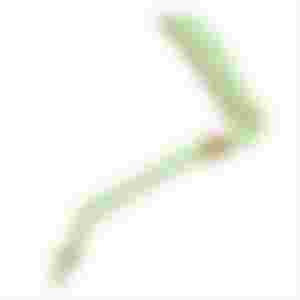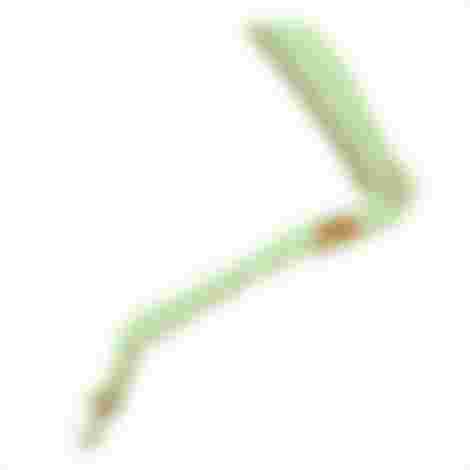The Katydid’s Remarkable Hearing

THE South American bush katydid (Copiphora gorgonensis) has ears less than a millimeter long, yet they work in a way very similar to human ears. The insect can distinguish a wide range of frequencies from long distances. For example, it can tell the difference between the sound of another katydid and the ultrasound of a bat that is hunting.
KATYDID’S EAR

Consider: The katydid’s ears are located on its two front legs. Like the human ear, the ear of the katydid collects sound, converts it, and analyzes the frequency. But scientists have discovered a unique organ inside the ear of this insect—a pressurized fluid-filled cavity that looks like an elongated balloon. This organ, which they named the acoustic vesicle, works like the cochlea of mammals but is much smaller. The acoustic vesicle is responsible for the katydid’s remarkable hearing.
Professor Daniel Robert, of the University of Bristol’s School of Biological Sciences in the United Kingdom, says this discovery will help engineers “develop bio-inspired hearing devices that are smaller and more accurate than ever before.” Researchers believe it will also contribute to the next generation of ultrasonic engineering technology, including imaging systems for hospitals.
What do you think? Did the remarkable hearing of the katydid come about by evolution? Or was it designed?
Like my post to earn you points and don't forget to Comment..
Please subscribe and I'm gonna Subscribe you also.

It's great